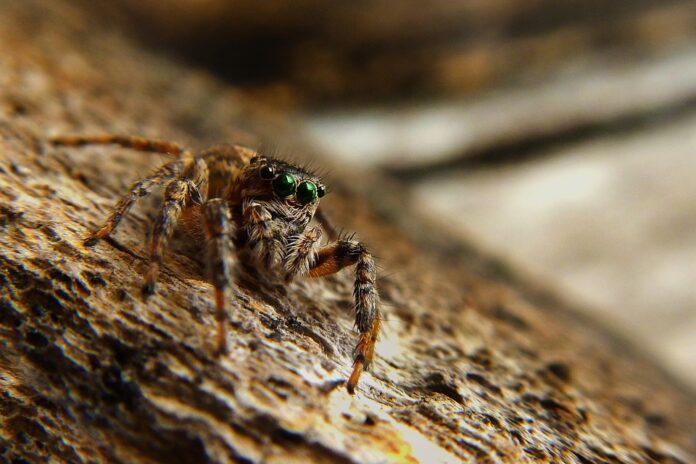Spider Feeding Schedules Vary by Species, Age, and Habitat Type
Spiders are fascinating creatures that play a crucial role in controlling insect populations in various ecosystems. However, their feeding schedules can vary significantly depending on their species, age, and habitat type. In this report, we will delve into the factors that influence spider feeding schedules and explore how these schedules impact their survival and behavior.
Factors Influencing Spider Feeding Schedules
Spiders belong to the class Arachnida and are known for their unique feeding habits. While all spiders are carnivorous, the specific prey they consume and the frequency of their feeding can vary based on several factors.
One of the primary factors that influence spider feeding schedules is their species. Different spider species have evolved to specialize in hunting specific types of prey. For example, jumping spiders are known for their excellent eyesight and quick reflexes, allowing them to hunt and capture flying insects. On the other hand, web-building spiders like orb weavers rely on their silk webs to trap insects that unwittingly stumble into their sticky traps.
Age is another critical factor that affects spider feeding schedules. Young spiders, known as spiderlings, require more frequent meals to support their rapid growth and development. As they mature into adults, their feeding frequency may decrease, with some species only needing to feed once a week or even less frequently.
Habitat type also plays a significant role in determining spider feeding schedules. Spiders that inhabit dense forests with abundant insect populations may have more opportunities to feed regularly compared to those living in arid deserts or other inhospitable environments. Additionally, spiders that build webs to capture prey may need to invest more time and energy in web maintenance and waiting for potential prey to become ensnared.
Impact of Feeding Schedules on Spider Behavior
The feeding schedules of spiders can have a profound impact on their behavior and survival strategies. Spiders that feed infrequently may exhibit more patience and strategic hunting techniques to maximize their chances of capturing prey. In contrast, spiders that feed more frequently may be more active and aggressive in pursuing potential meals.
Additionally, the availability of food sources can influence spider behavior. Spiders that have access to a steady supply of prey may invest more time and energy in reproduction and building durable webs, while those facing food scarcity may prioritize survival and conserving energy for extended periods of fasting.
Industry Insights and Financial Data
The study of spider feeding schedules is not only fascinating from a biological perspective but also has practical implications for pest control and agriculture. Understanding when and where spiders are most active can help farmers and pest control professionals develop more effective strategies for managing insect populations without relying on harmful pesticides.
In terms of financial data, the pest control industry is a multi-billion-dollar market that continues to grow as concerns about environmental sustainability and health risks associated with chemical pesticides mount. Companies that specialize in eco-friendly pest control solutions, such as utilizing natural predators like spiders, are seeing increased demand for their services and products.
Overall, spider feeding schedules are a complex and dynamic aspect of spider biology that reflects the intricate relationship between predators and prey in natural ecosystems. By studying these schedules and understanding the factors that influence them, we can gain valuable insights into the behavior and ecology of these fascinating arachnids.




